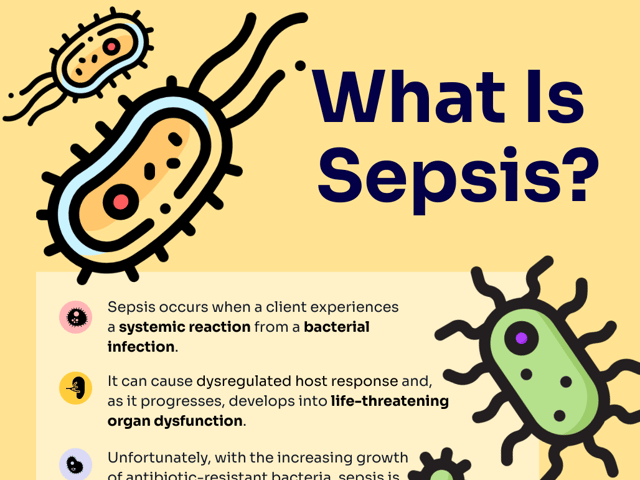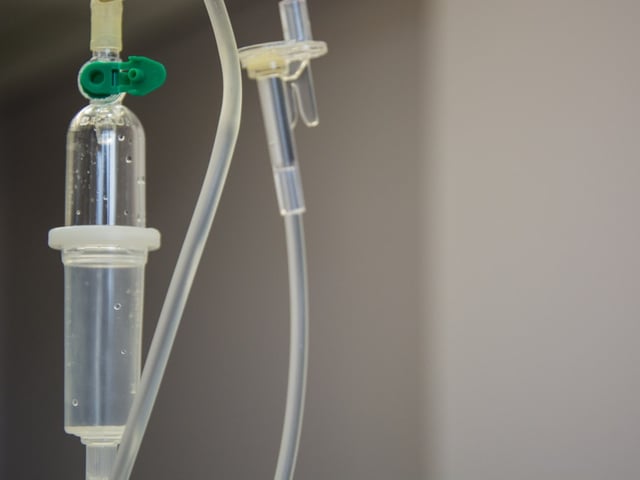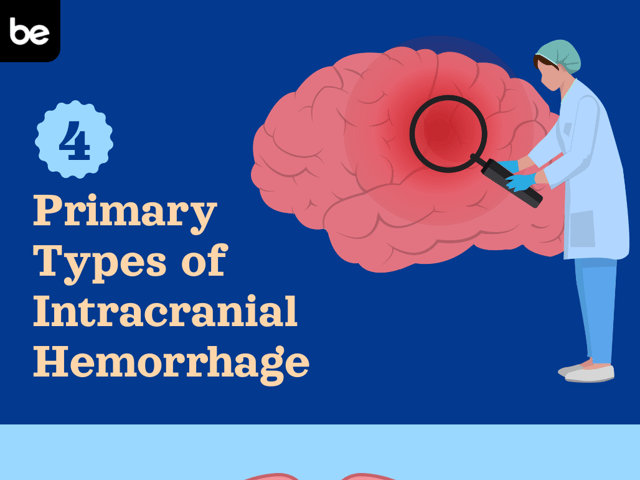
Managing Sepsis in the Critical Care Client
Sepsis is one of the leading diagnoses in critical care. Many patients will be admitted for the acute concern of sepsis while others may develop sepsis secondary to their other critical condition(s).
What Is Sepsis?
Sepsis occurs when a patient experiences a systemic reaction from a bacterial infection. It can cause dysregulated host response and, as it progresses, develops into life-threatening organ dysfunction. Unfortunately, with the increasing growth of antibiotic-resistant bacteria, sepsis is becoming more difficult to manage.
The Sepsis Continuum
Critical care nurses must understand the mechanisms of sepsis as well as how to manage patients with sepsis. Sepsis is not a singular event or disease but a continuum of health issues that arise with septicemia, the presence of an infectious pathogen in the blood. Pathogens can be either bacterial or fungal. However, most of the time the continuum is triggered by bacterial infection. The most common bacterial culprits are Streptococcus pneumoniae and Staphylococcus aureus.
SIRS
Sepsis can trigger systemic inflammatory response syndrome (SIRS). SIRS occurs when organ systems become inflamed and cannot function normally. Symptoms of SIRS include:
- Temperature greater than 38 degrees Celsius or lower than 36 degrees Celsius
- Tachypnea, Pa\(CO_2\) less than 32 mmHg
- Tachycardia
- Leukocytosis (>12,000 WBC) or leukopenia (<4,000 WBC)
As SIRS progresses, patients may develop changes in mental status, hypoxemia, elevated plasma lactate, and decreased urine output (<5 mL/kg/hr for greater than 1 hour).
Septic Shock
If not corrected, sepsis develops into septic shock. Septic shock is characterized by refractory hypotension and lactic acidosis. Patients may experience vasodilation in early shock, causing edema and flushing. In later stages of shock, vasoconstriction develops, causing cool, clammy skin and poor peripheral perfusion. Multi-organ dysfunction syndrome, acute respiratory distress syndrome (ARDS), renal failure, liver failure, bowel necrosis, and thrombocytopenia can develop in patients if sepsis and shock are not responsive to treatment measures.
Sepsis Treatment
Patients with sepsis can decompensate quickly. Nurses should ensure that the patient has at least two large-bore intravenous catheters and, when possible, a central venous line. Hemodynamic monitoring should be initiated and labs such as blood cultures, lactate levels, electrolyte panels, and complete blood counts should be drawn.
Medication
When sepsis is suspected, the patient typically is started on two broad-spectrum antibiotics to treat both gram-positive and gram-negative bacteria. Sometimes an antifungal medication may be added if there is a concern for fungal septicemia. If a source of infection, such as a central venous catheter or abscess, is identified, that source should be eliminated or treated. All antibiotic and antifungal medications should be continued until the blood cultures return to determine a more focused treatment plan.
Additional Treatment
Patients who have progressed to septic shock will require additional support measures to maintain organ function.
-
Oxygen should be applied for hypoxemia and the patient prepared for endotracheal intubation if needed. Nurses should closely monitor the patient’s vital signs and fluid balance.
-
For patients with hypotension, rapid fluid administration of an isotonic crystalloid should be administered, up to 2-6 L of fluid depending on the patient. Sometimes blood products may be substituted for intravenous fluid boluses if the patient has acute bleeding or progressive anemia. If the hypotension is not responsive to fluid resuscitation, vasoconstrictive and inotropic agents may be prescribed.
Critical care nurses should monitor all patients for signs and symptoms of sepsis as sepsis and septic shock can be fatal. Knowing how to quickly and effectively manage a patient in sepsis is an essential skill in critical care medicine. To learn more about sepsis and other critical care concepts, check our our practice tests, study guides, and flashcards for the CCRN exam.

Keep Reading

CCRN Blog
Is CCRN Certification Worth It?
The CCRN (Critical Care Registered Nurse) Certification stands as a tes…

CCRN Blog
Is the CCRN Exam Hard?
In the US, over 700,000 people work in critical care units (CCUs). With…

CCRN Blog
Traumatic Brain Injury and Intracranial Hemorrhage
Traumatic brain injury and intracranial hemorrhage are two common diagn…